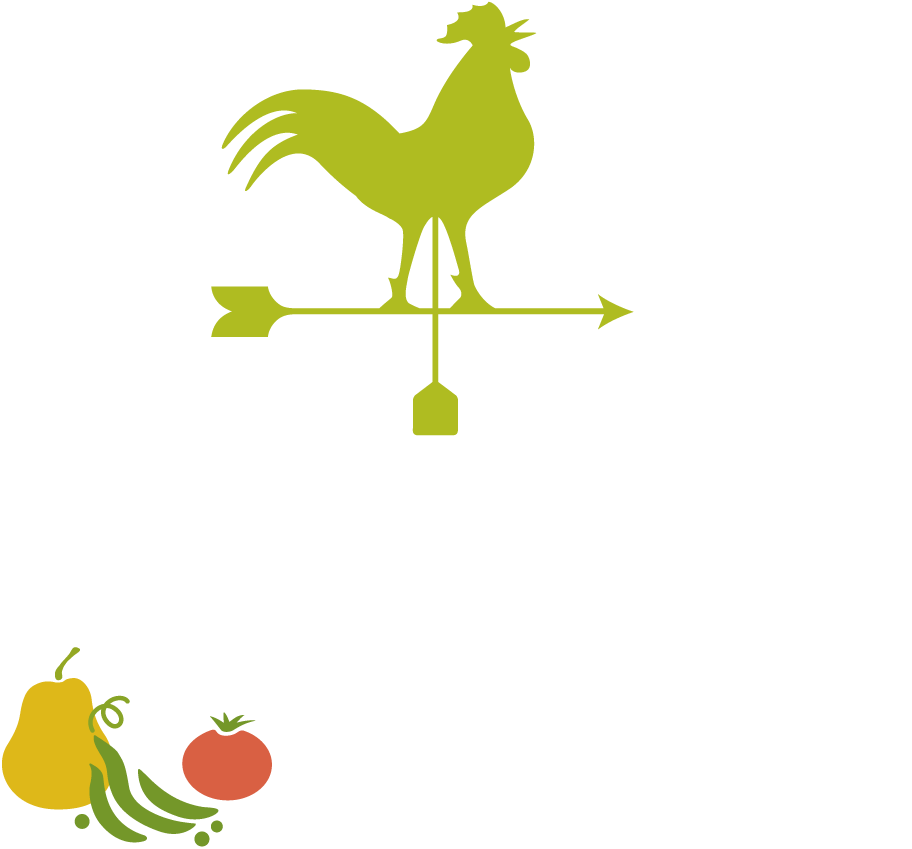This October, the Three Rivers School District took on a big endeavor: one week of locally sourced fruits and vegetables for the District-wide breakfast and lunch program. We sat down with Ben Guyton, the Food Services Director, to learn more about the successes and challenges of Local Produce week.
What is your role in the Three Rivers School District?
I am the Food Services Director.
What inspired the creation of Local Produce Week?
The inspiration was a result of the interest from both the School Board as well as parents, but also grew from the success of Sodexo's A - Z Salad Bar, which has been so well received by students.
What were your initial goals for Local Produce Week?
Initially the goal was to do an all Organic Week, but after talking with Tracy Harding of Rogue Valley Farm to School, as well as the vendors participating in the USDA Pilot Project of Unprocessed Fruit and Vegetables, Naumes, Inc., and Fry Family Farm, I realized it was too big a piece of pie, and shifted the focus to a week of local. With this framework, the goal was to source 100% fresh produce from Jackson, Josephine, and/or Douglas County for both our breakfast and lunch program. Our goal was to implement this in October in celebration of National Farm to School Month.
When did the planning process begin, and what did this process look like?
The planning process began in early September with the support of Tracy, who connected us with all of our partnering farms; Fry Family Farms; and Naumes. We looked at what we could do to mirror the existing meal patterns of students, as well as consider the capacities of staff, so as not to stray too far from their level of experience. Some of our staff may not be familiar with certain produce in their raw state, or perhaps process certain items at home but not on an institutional scale.
How many schools participated in your Local Produce week?
All 13 schools in the Three Rivers School District.
Which farms did you partner with, and what produce did they provide?
- Fry Family Farm: bell peppers (green and red); cucumbers; tomatoes; cherry tomatoes; cantaloupe; honeydew; celery; carrots; salad greens; and cabbage
- Naumes: Pears (Bartlett, Comice, Golden Bosc, French Butter, Forelle, and Red Anjou)
- Fort Vannoy Farms: yellow onions; carrots; and tomatoes
- The Farming Fish: basil and butter lettuce
- Wandering Roots Farm: red onions and cilantro
Financially speaking, how did this week differ from your average order?
A typical produce order is about 70 cents per pound, which often comes processed. Produce for Local Produce week was $1.05 per pound and was raw (unprocessed) so included some weight that wasn’t utilized.
How do you think the week went overall?
I’m pleased with how it turned out. There was a positive reception, and students noticed a difference, especially in the carrots, the tomatoes, and the salad greens. The salad served had darker greens than our usual salad mix, and I was worried they wouldn’t be as excited about this change, but they were excited!
Did you meet your goal of 100%?
We sourced about 75% by weight of locally sourced produce, 30% of which was organic.
How did you promote this event?
We send our menu home with students, as well as post it online. Additionally, as students noticed differences on the lunch line, our staff would let them know that certain items were locally sourced.
Would you try this again?
Yes, but rather than establish a target based on percentage, I would set my target by the pound. I would also implement it at the end of September to increase the availability of certain produce, and plan more with farm partners to ensure availability.





